When a bartender closes the bar at 3 a.m., he thinks for a moment that the work day is over, but he doesn’t realize that the real torment is just beginning.
The bottles look at him accusingly: paper and pen in hand, he begins a calculation ritual in the dimly lit bar, with a mix of complex mathematics and remnants of a bottle. Bottle by bottle, spoon by spoon, the numbers don’t add up. And this is not a mathematical problem, but a bar nightmare, which, according to some studies, causes businesses to lose up to 20% of their profits.
David Gabrielyan, an engineer, restaurateur, inventor and founder of BarControl, found the solution to this 20% “evaporation”.
When the engineer started counting or how BarControl was born
“The numbers don’t add up.” David always found this phrase strange. An engineer by education, a mechanical engineer by profession, he says “the numbers must always add up.” If the calculation goes wrong, then the method is incorrect.
Davit Gabrielyan | Image by: Mediamax
David Gabrielyan: “Everything in the world has a certain percentage of error. But even that error should be defined and predictable. And here I have nightly calculations, inventory for one month, and the same problem time and time again.”
David has worked in the restaurant industry for many years and says they have always had the same picture. The bar closes late at night, and the tired bartender, who has worked for 6-8 hours, has to go through the most difficult part: bottle inventory. Accounting does not have enough time to present the numbers either, failing to understand how much profit there was and how much loss.
David Gabrielyan: “I remembered that there was the concept of density in physics, there was liquid, and you could calculate specific gravity. At first, we tried to make the calculations on paper using various formulas, then we figured out something using Excel. We tested it and saw that it was working.”
Image by: Mediamax
These simple experiments led to the creation of the first version of BarControl in 2013, it was not fully functional yet, but was basically working. Soon it became clear that the scale could be connected to the computer via USB. David found scales used by US postal services offering extremely precise bottle weight assessment.
David Gabrielyan: “At first, everything was done manually. Eventually, I realized that we couldn’t leave the process to two people all the time. We started automating it and it turned out that everything was not that easy. One of our programmers travelled to the US, the scales didn’t match, using Excel wasn’t enough. But I had already reached a point where I was convinced that everything would work out in the end.”
Image by: Mediamax
This is how the next version was born - not just a software, but a complete solution in the form of BarControl. For years, with various specialists, from engineers to restaurateurs, the team has been building something that would change the entire “philosophy” of bar inventory.
Today, the application is very simple and easy to use: you just need to open the app, create a new inventory and connect to the Bluetooth scale, then scan the bottle barcode and place the bottle on the scale. In the app, the weight obtained from the scale is converted into milliliters, taking into account the density of the beverage, and reports are generated automatically.
Inventory without a headache: the bartender’s story
Rafik Sargsyan works as a senior bartender at bar Phoenix. His work routine was turned upside down after using the app.
Rafik Sargsyan: “Before the app, the bar inventory was done once a month. We were divided into teams. One team was doing the inventory for tea and coffee, the other for alcohol, and the third one for water. The process took an average of 4-5 hours. We wrote something down, some we forgot, and if there had been a mistake, the bar would be at a loss.
Rafik Sargsyan | Image by: Mediamax
Now, it takes Rafik a maximum of two hours to do the calculation alone.
Rafik Sargsyan: “Of course, there are people who don’t like change. They say the old method is better. But I myself am an active user of various software and that is what gave me the confidence to recommend it to others.”
BarControl is about making the difficult and unpleasant process fast, simple and useful. It’s no longer a software, it’s a change in mentality. And when a bartender says “two hours instead of four,” it’s not just a calculation, it’s progress.
From engineering enthusiasm to startup
According to data of BarControl, the average deviation of bars and restaurants using the traditional calculation method is about 15%, while with their software it’s only 1.5%. So, if the total cost of opened bottles in a restaurant is, for example, $10,000, then the monthly savings will be about $1,000.
BarControl app | Image by: Mediamax
Today, the app is used in several countries, provides a database with thousands of goods, integrates with international restaurant automation systems (POS). In Armenia, it is patented as an invention and is already becoming a standard.
David Gabrielyan: “At first I was making a tool just for myself. Then I realized that I was not the only one who needed it.”
Image by: Mediamax
David says that he was not launching a startup, he was simply making a tool with engineering enthusiasm. Then he realized that the tool was becoming a product.
David Gabrielyan: “Many people said along the way that it wouldn’t work. They still say that. But I am not telling them that it did work. I am just doing my job.”
Image by: Mediamax
His advice to new startups is simple and clear: don’t get desperate, calculate real resources, understand the real market, and most importantly, don’t lie to yourself.
David Gabrielyan: “The startup dies when you accept your failure. Not when something doesn’t work, but when you no longer believe that it will work.”
Astghik Hovhannesov
Photos by Agape Grigoryan



 ×
×
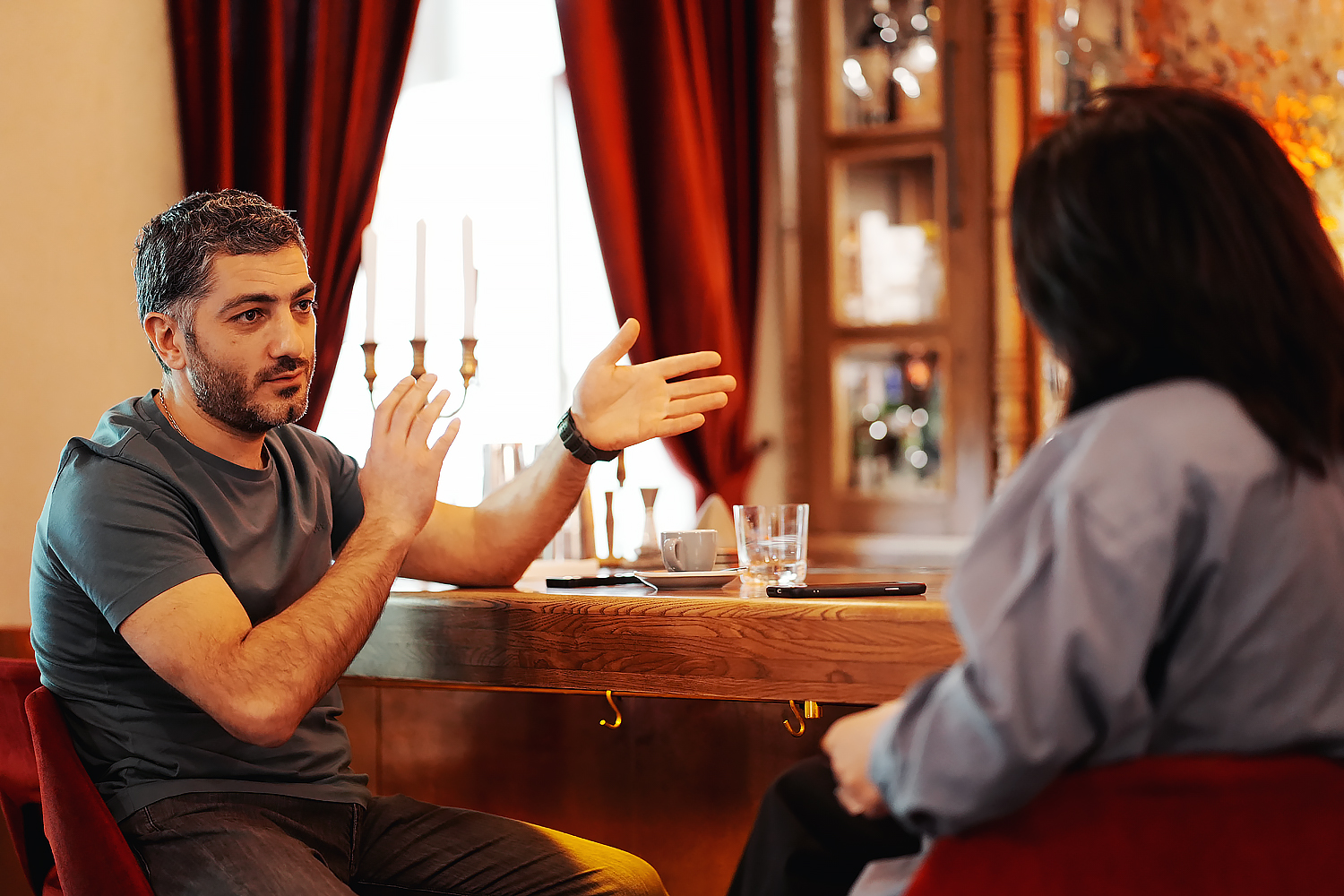


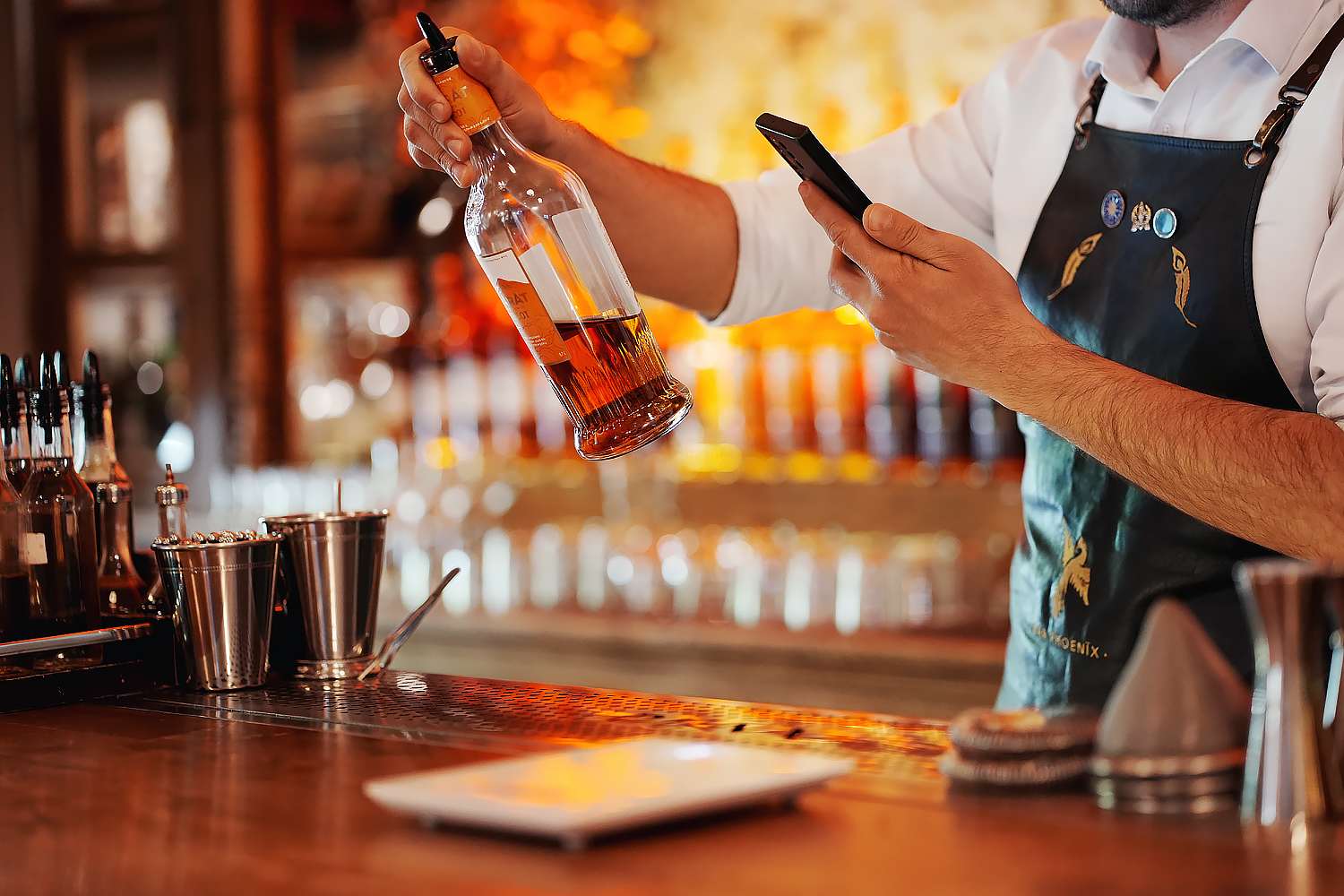


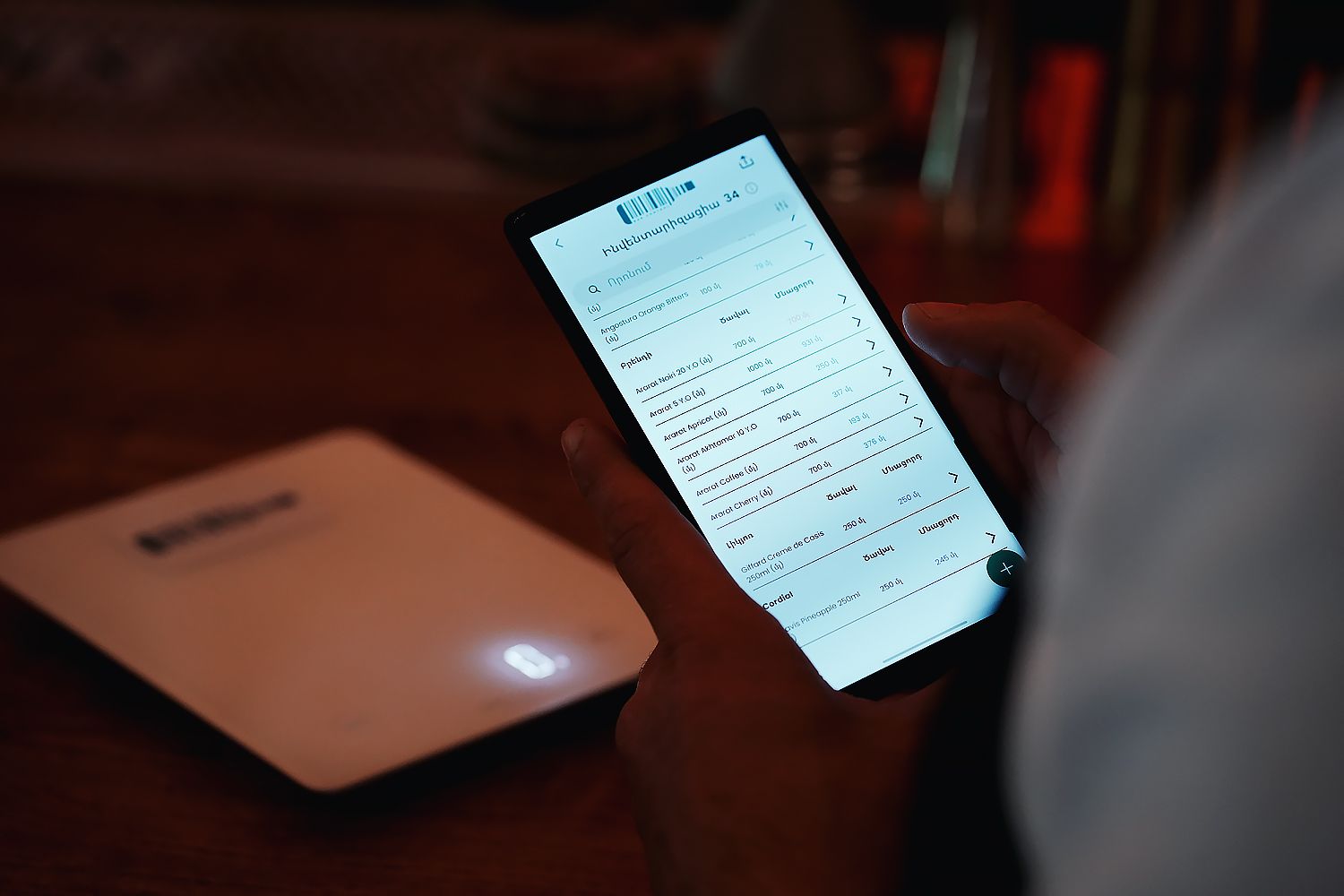

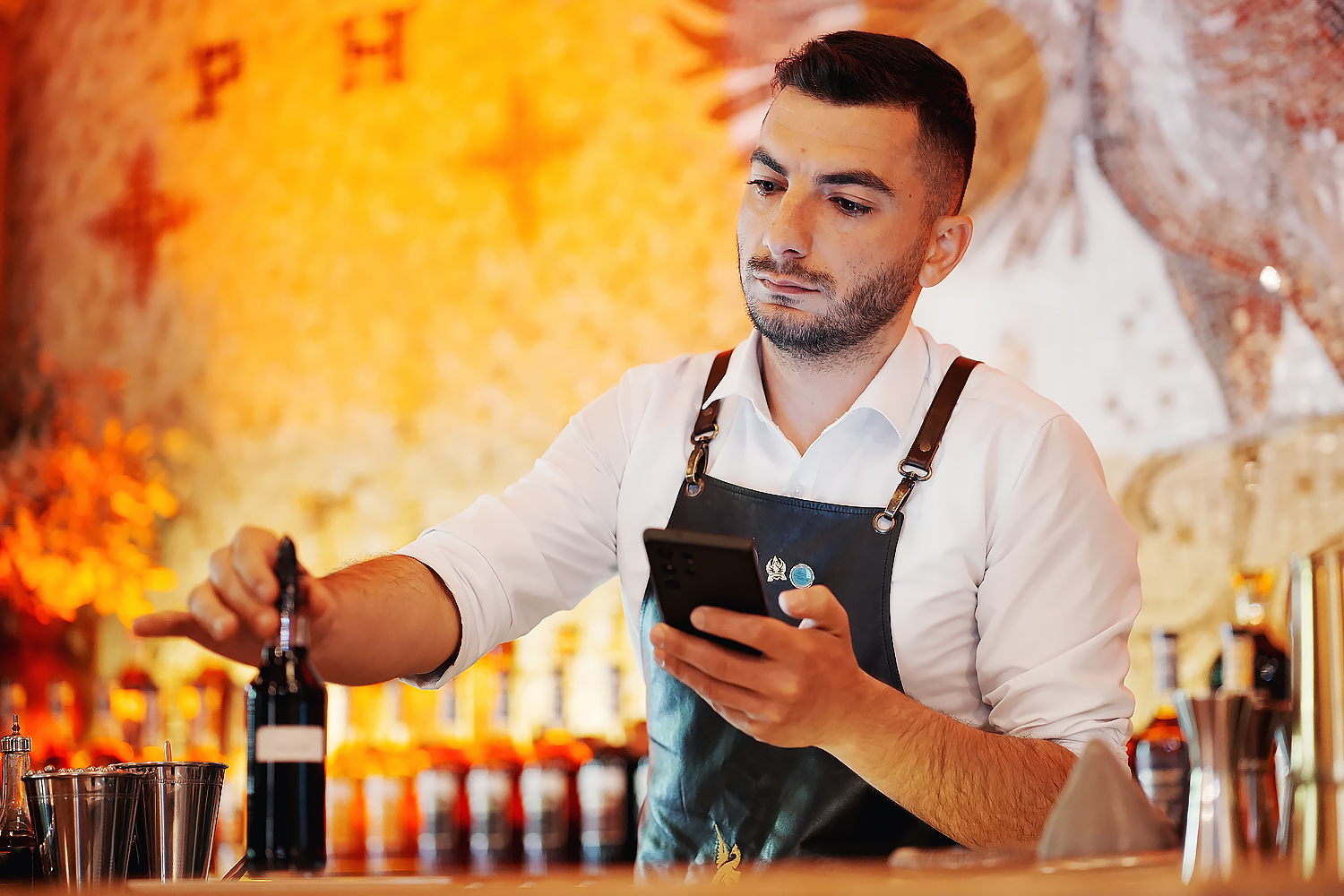


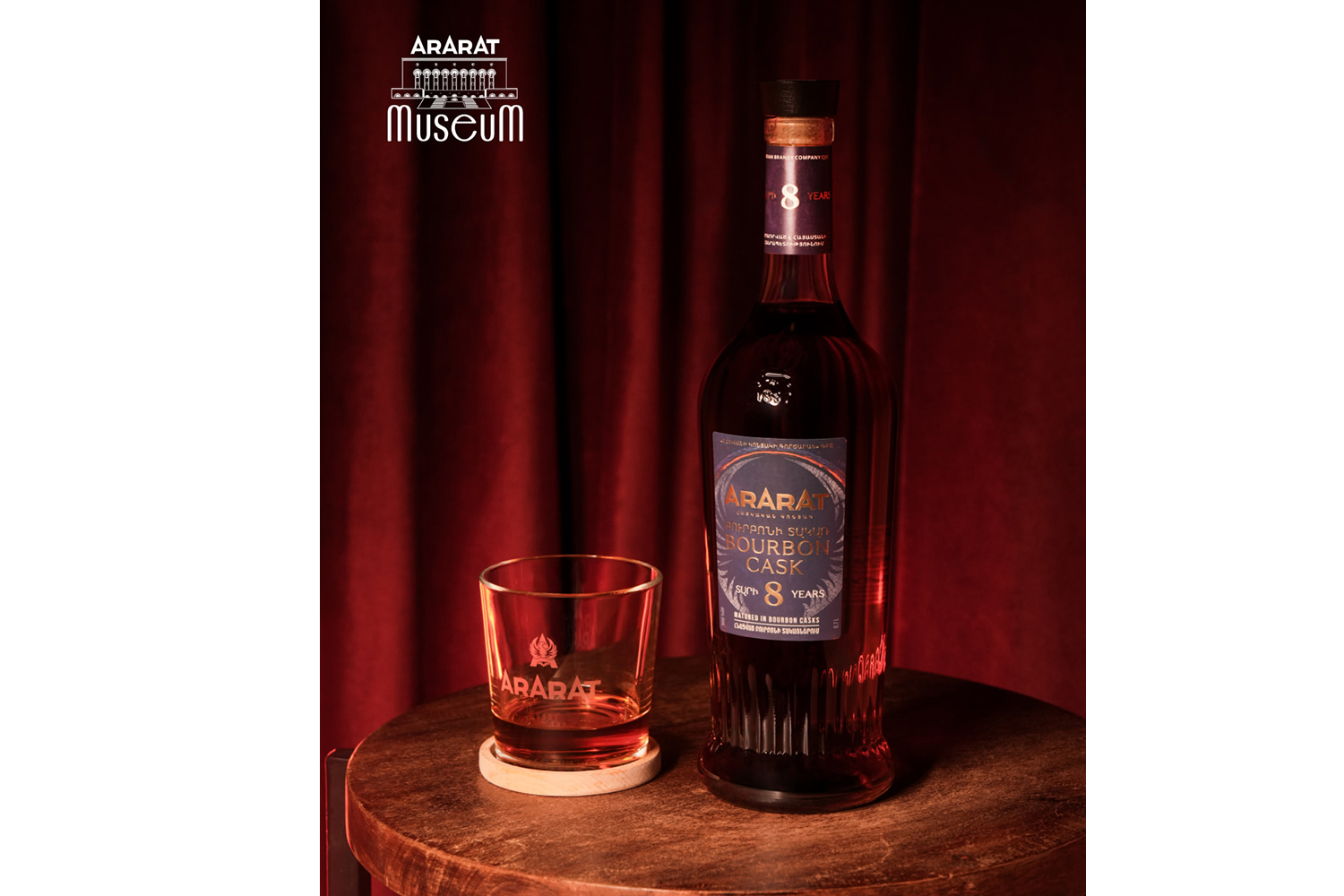
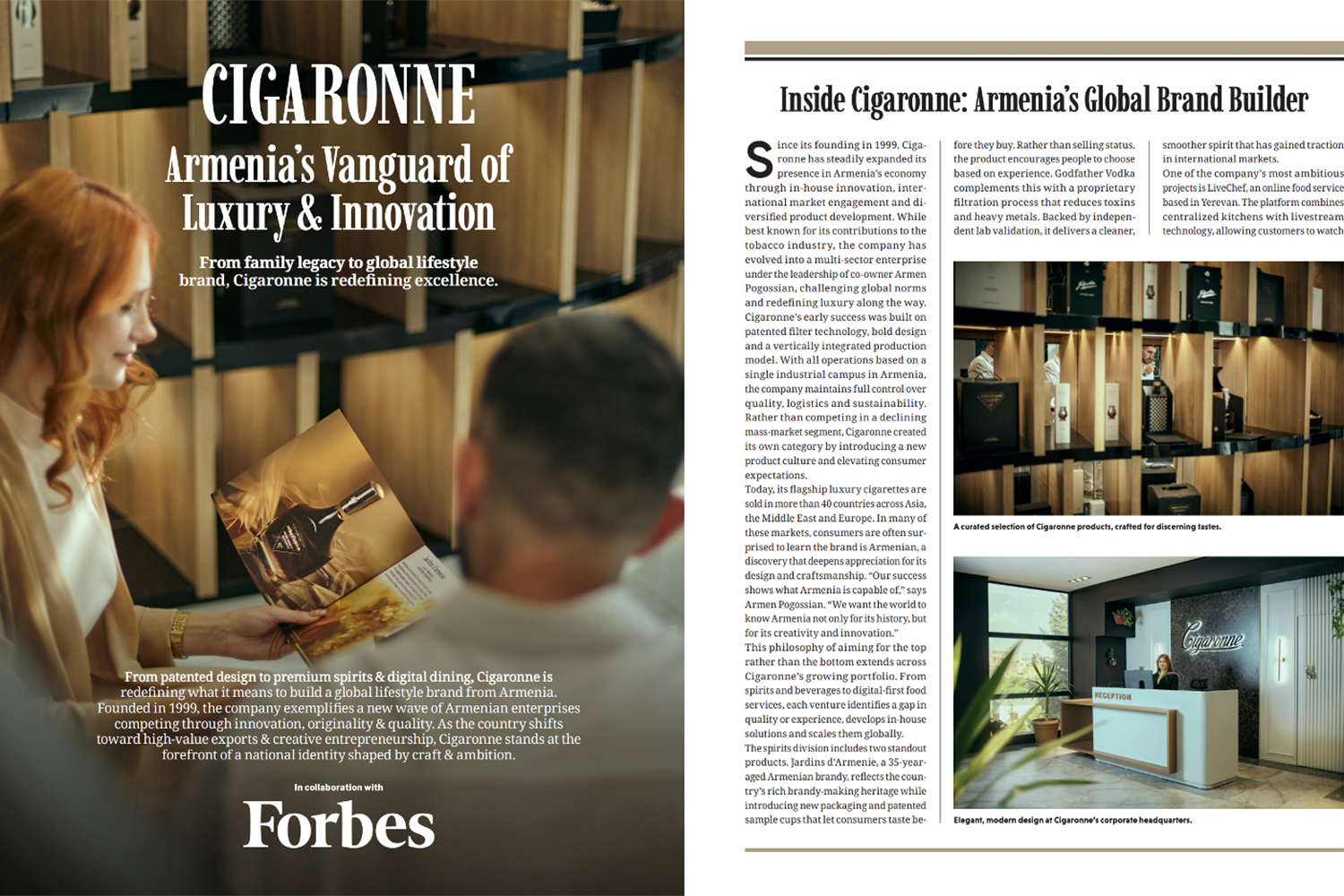
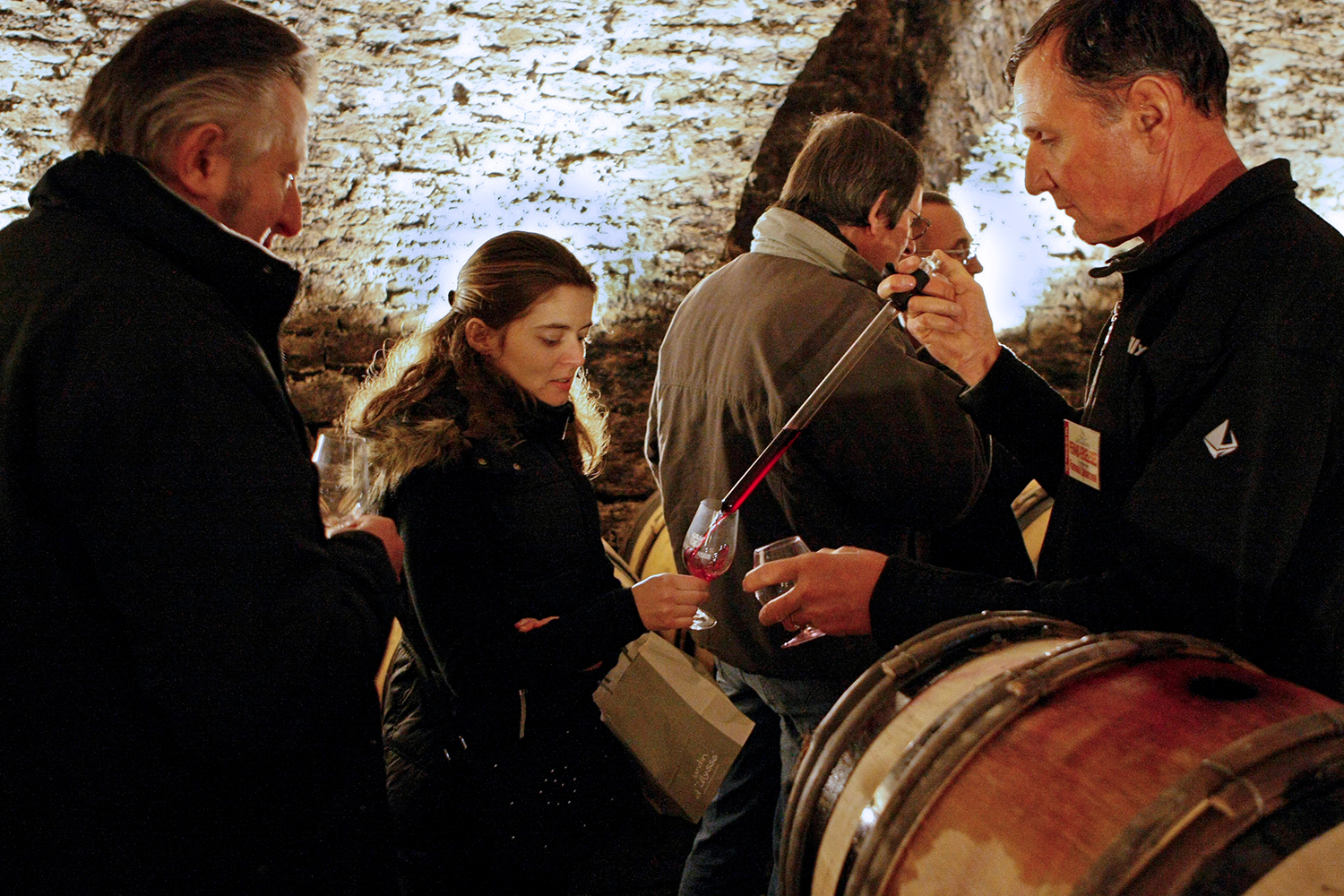


Comments
Dear visitors, You can place your opinion on the material using your Facebook account. Please, be polite and follow our simple rules: you are not allowed to make off - topic comments, place advertisements, use abusive and filthy language. The editorial staff reserves the right to moderate and delete comments in case of breach of the rules.